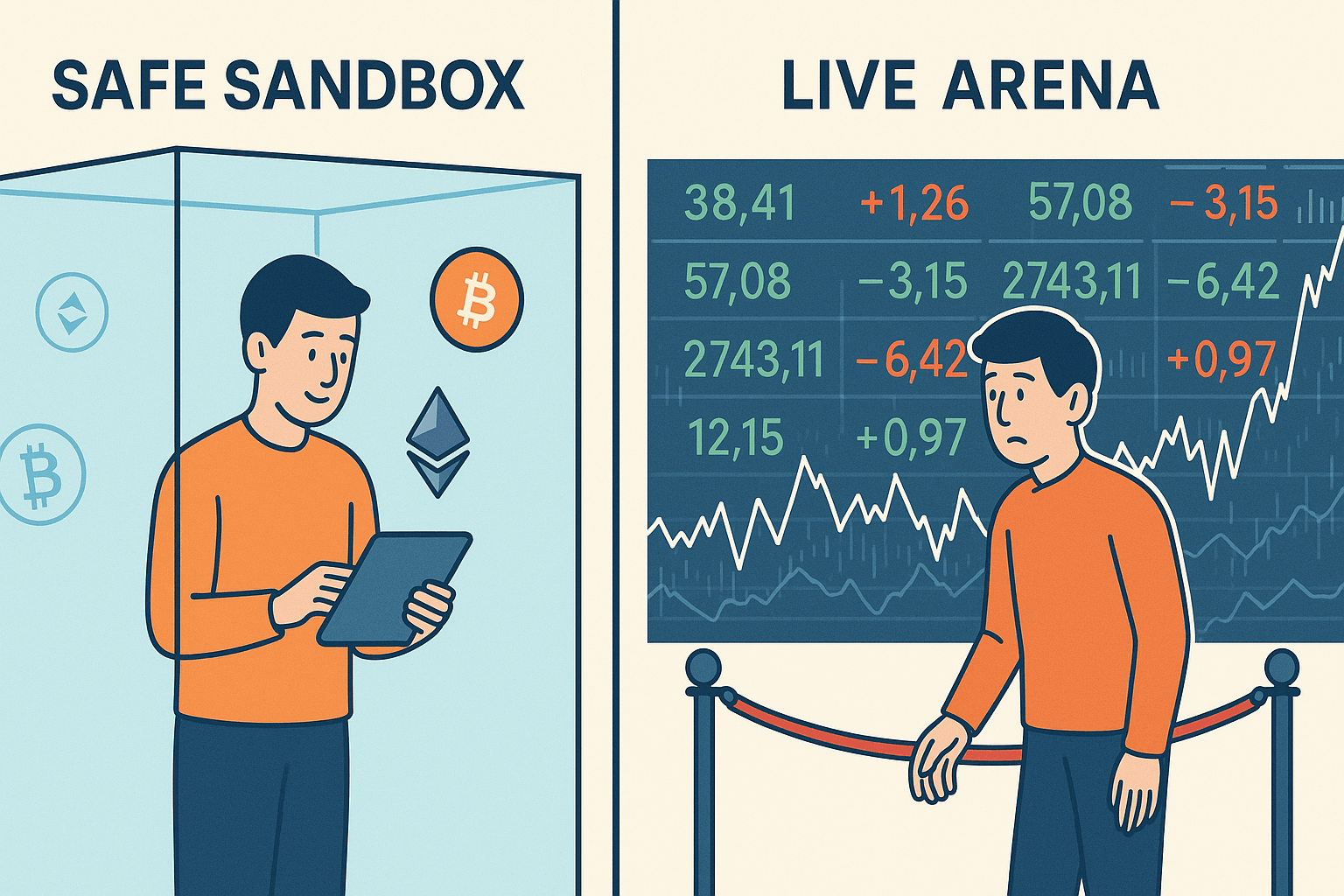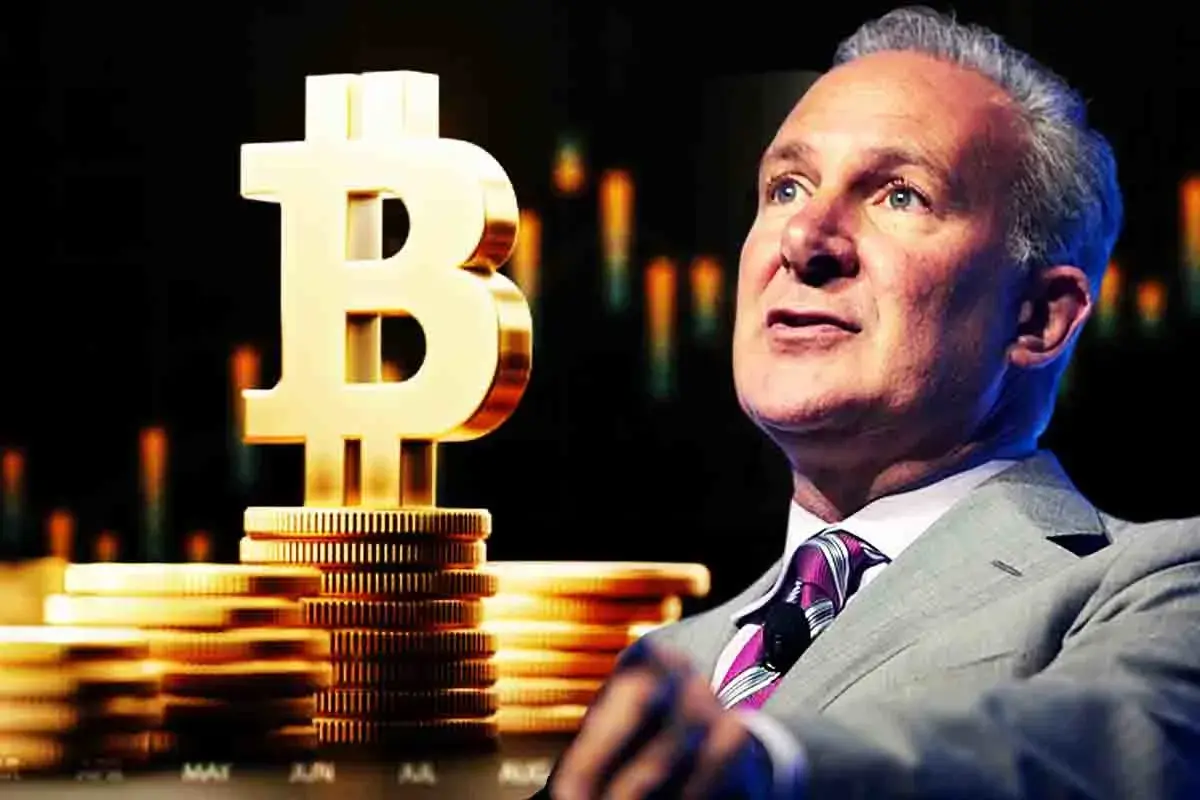Let’s be honest — investing talk still feels like a man’s world. Suits, charts, golf, and jargon that make finance sound like rocket science. Meanwhile, we’re out here running lives — managing businesses, homes, deadlines, group chats, self-care, or tiny humans who call us “Mom” — and trying to make smart choices with what we earn. Whether you’re saving for a solo trip to Italy, paying off student loans, managing your family budget, or building a safety net, investing isn’t just math — it’s freedom.
And no, you don’t have to trade lattes for spreadsheets (though maybe one less latte wouldn’t hurt — I say this as someone who’s walked miles with a stroller just to get a perfect flat white).
A Little History (And Why It Still Matters)
Here’s a fun—not fun—fact: until the 1970s, women in the U.S. and Canada couldn’t open a credit card or apply for a mortgage without a man’s signature. Your grandma might’ve needed permission to buy her own car.
Before that, women fought for the right to work, the right to equal pay, and let’s not forget the right to vote—only granted in 1920 in the U.S., and 1918 in Canada (and even later for many racialized women).
So when we talk about financial feminism, it’s not about being fancy. It’s about making up for lost time. Our mothers fought for permission; we’re fighting for parity. Because equality isn’t complete until women have full financial control over their own lives.
And while that sounds serious (and it is), it’s also deeply empowering because we have what generations before us didn’t: access. To knowledge. To investing platforms. To financial communities. To the ability to say, “I got this, thanks.”
Small Steps, Big Power
Here’s the secret rich people already know: time is money’s best friend. And the earlier you start, the less you need to put in.
You don’t have to wait for a raise or a windfall — you can start today, with whatever you’ve got left after groceries, the electric bill, or even your annual bonus.
Let’s look at what happens if you invest monthly for 30 years at 10% annual growth:
Let that sink in.
That’s right — Even $20 a month — less than the cost of a coffee and a “just because” candle — grows into almost $40,000.
So maybe skip the third pair of black boots this month (we all have them, don’t lie) or the cute sweater your kid doesn’t need. It’s not about guilt. It’s about power.
Smart Choices Don’t Mean No Fun
Financial empowerment doesn’t mean giving up everything joyful. It means choosing what’s worth it.
You don’t need another eye cream that promises “miracles.” (Sleep is the real miracle, but who’s getting that?) Black Friday? A beautiful capitalist trap — I see you, 40%-off email.
You can still enjoy the latte, the manicure, the occasional “I deserve this.” Just remember: you also deserve peace of mind.
Every $20 you invest is like sending a little soldier to work for Future You. And Future You will love having options — the option to travel, rest, say “no,” or even say “I quit.”
How to Start (Without Breaking a Sweat)
Open a free investing account—Robinhood, Wealthsimple — no gatekeepers, no minimums.
Automate your investments. Treat it like another bill — except this one pays you.
Educate yourself—ten minutes a week of reading Zacks, Moby, or even financial TikTok.
Talk about money. With friends, partners, or mentors. Normalize it. We talk about self-care, wellness, and therapy; money deserves the same respect.
Track your habits. Not to punish yourself, but to see where your power leaks — hello, “just browsing” on Sephora.
The Feminine Side of Finance
There’s this outdated idea that being “good with money” means being cold, strict, or greedy. But women bring something special to finance — empathy, planning, intuition, community.
We don’t invest just for profit; we invest for security, freedom, family, legacy. We think long-term — because we’ve been caretakers of everyone else’s future forever.
Now it’s time to care for our own.
You’ve Got This
You don’t have to be a financial expert. You don’t have to stop buying your favorite wine. You just have to start believing that your money deserves attention — and you deserve control.
Because financial independence isn’t about being rich. It’s about never having to ask for permission again.
And if that’s not the ultimate feminist move, I don’t know what is.
Wall Street Survivor lets you practice with $100,000 in virtual cash—think of it as your real-world tutorial level before you play the full game. Click here to register for free.
Ranking of Top Stock Newsletters Based on Last 3 Years of Stock Picks as of September 27, 2025
We are paid subscribers to dozens of stock and option newsletters. We actively track every recommendation from all of these services, calculate performance, and share our results of the top performing stock newsletters whose subscriptions fees are under $500. The main metric to look for is “Return vs S&P500” which is their return above that of the S&P500. So, based on September 27, 2025 prices:
Best Stock Newsletters
RankStock NewsletterPicksReturnReturnvs S&P500Picksw ProfitMax %ReturnCurrent Promotion
1.
 Alpha Picks90.5%65.0%76%1,478%Oct, 2025 Promotion:Save $50
Alpha Picks90.5%65.0%76%1,478%Oct, 2025 Promotion:Save $50
Summary: 2 picks/month based on Seeking Alpha’s Quant Rating; Retail Price is $499/yr. See complete details and analysis in our Alpha Picks Review.
2.
 Moby.co52.4%16.5%74%2,412%Oct, 2025 Promotion:Next pick free!
Moby.co52.4%16.5%74%2,412%Oct, 2025 Promotion:Next pick free!
Summary: 60-150 stock picks per year, segmented by industry; Retail Price is $199/yr. Read our Moby Review.
3.
 Zacks Top 1035.3%16.4%76%170%Oct, 2025 Promotion:$1, then $495/yr
Zacks Top 1035.3%16.4%76%170%Oct, 2025 Promotion:$1, then $495/yr
Summary: 10 stock picks per year on January 1st based on Zacks’ Quant Rating; Retail Price is $495/yr. Read our Zacks Review.
4.
 TipRanks SmartInvestor20.8%9.4%63%430%Current Promotion:Save $180
TipRanks SmartInvestor20.8%9.4%63%430%Current Promotion:Save $180
Summary: About 1 pick/week focusing on short term trades; Lifetime average return of 355% vs S&P500’s 149% since 2015. Retail Price is $379/yr. Read our TipRanks Review.
5.
 Stock Advisor46.0%7.6%74%330%Oct, 2025 Promotion:Get $100 Off
Stock Advisor46.0%7.6%74%330%Oct, 2025 Promotion:Get $100 Off
Summary: 2 picks/month and 2 Best Buy Stocks lists focusing on high growth potential stocks over 5 years; Retail Price is $199/yr. Read our Motley Fool Review.
6.
 Action Alerts Plus26.2%4.9%65%208%Current Promotion:None
Action Alerts Plus26.2%4.9%65%208%Current Promotion:None
Summary: 100-150 trades per year, lots of buying and selling and short-term trades. Read our Jim Cramer Review.
7.
 Zacks Home Run Investor5.1%0.1%46%299%Oct, 2025 Promotion:$1, then $495/yr
Zacks Home Run Investor5.1%0.1%46%299%Oct, 2025 Promotion:$1, then $495/yr
Summary: 40-50 stock picks per year based on Zacks’ Quant Rating; Retail Price is $495/yr. Read our Zacks Review.
8.IBD Leaderboard ETF11.4%-1.8%n/an/aOct, 2025 Promotion:None
Summary: Maintains top 50 stocks to invest in based on IBD algorithm; Retail Price is $495/yr. Read our Investors Business Daily.
9.
 Zacks Under $102.0%-2.1%38%263%Oct, 2025 Promotion:$1, then $495/yr
Zacks Under $102.0%-2.1%38%263%Oct, 2025 Promotion:$1, then $495/yr
Summary: 40-50 stock picks per year based on Zacks’ Quant Rating; Retail Price is $495/yr. Read our Zacks Review.
10.
 Hidden Gems35.6%-3.1%69%240%Current Promotion:Save $200
Hidden Gems35.6%-3.1%69%240%Current Promotion:Save $200
Summary: 5 picks/month focusing on disruptive technology and business models; Lifetime average return of 355% vs S&P500’s 149% since 2005; Now part of Motley Fool Epic. Read our Motley Fool Epic Review.
Top Ranking Stock Newsletters based on their last 3 years of stock picks covering 2025, 2024, 2023, part of 2022 performance as compared to S&P500. S&P500’s return is based on average return of S&P500 from date each stock pick is released. NOTE: To get these results you must buy equal dollar amounts of each pick on the date the stock pick is released. Investor Business Daily Top 50 based on performance of FFTY ETF. Performance as of September 27, 2025.




























